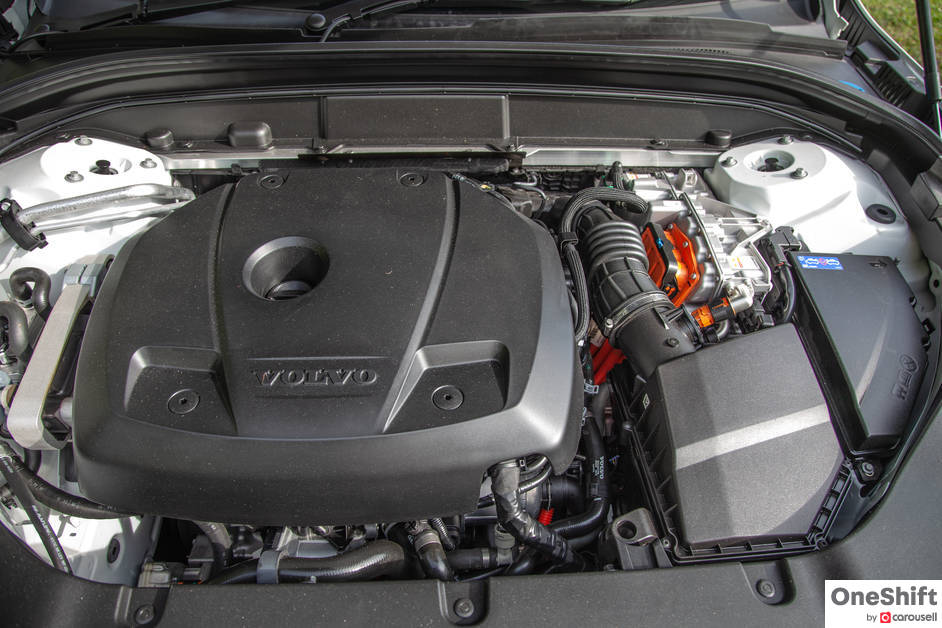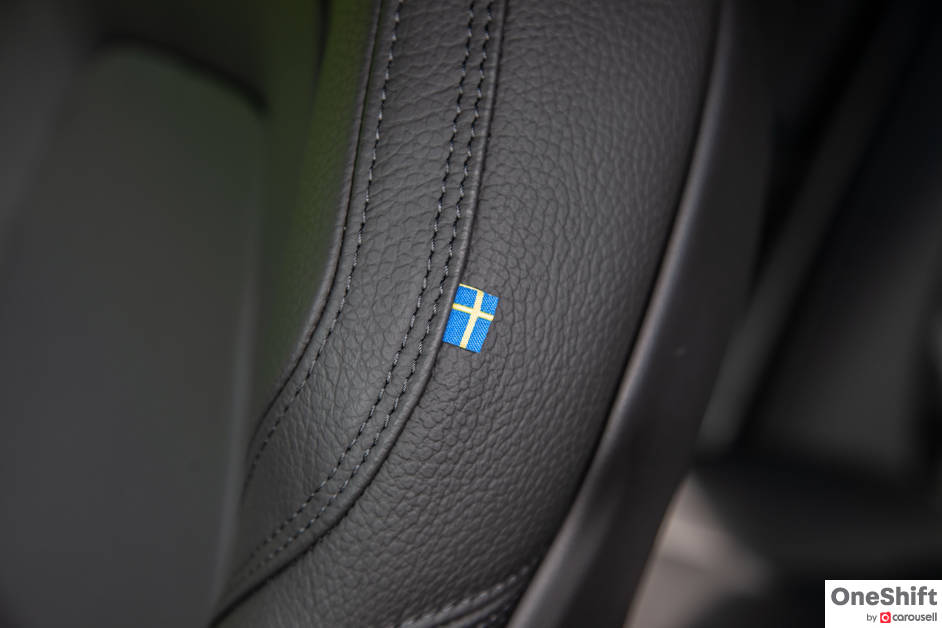The Swede Electric Touch
The XC60 is an accomplished car, with a conservative yet slick exterior design and a tasteful high-quality interior. Is it any better with a range-topping plug-in hybrid variant?


Volvo cars are best known for their utilitarian SUVs and wagons, but by far the former are the key sales drivers. SUVs accounted for 7 in 10 of Volvo sales in January 2020, the XC60 alone representing almost 30% - the best-selling Volvo model.

With this, it was important for Volvo to get into alternative drivetrains quickly to catch the market trend for greener drivetrains (no doubt accelerated by one Thunberg). By 2025 Volvo aims to sell 50% of its global sales in electric cars and the other 50% in hybrids, so very quickly they won’t have a car with a purely natural combustion engine anymore.

The XC60 Recharge Plug-in Hybrid is the first foray into the electrification space in Singapore along with the S60 of the same nomenclature. It promises a Macan Turbo rivalling max output of 402hp and 640Nm, thanks to the combination of a twincharged (turbocharger and supercharger) 2.0-litre 4-cylinder engine from the T6 mated to a 87hp electric motor. Curiously, the petrol engine drives the front wheels exclusively while the rear wheels are powered only by the electric motor.

With these specifications, Volvo has positioned its Recharge range at the top of the pecking order. If there would be a leap of faith, one might as well take a giant one?
There is an underlying feeling that Volvo didn’t really bow down to the bean counters when fitting out the interior. Unlike some German rivals that hide rough plastics where you don’t usually see them, Volvo seems to have ensured almost every surface feels premium and soft to the touch, even the leather-lined key. The interior leather also feels high-end, Scottish Cowhide even if you opt for the entry-level T5. It is by no means ostentatiously luxurious, but it does feel like a premium vehicle.

This approach also extends to the ambient lighting, which resembles the atmosphere of a high-end timbre lodge rather than a noisy, club-like atmosphere (where you’d see an overdose of lights and colours). I think Volvo has done a superb and tasteful job in the overall execution.

Another sign that Volvo has thought through this hybrid application carefully is how there is absolutely no compromise in terms of interior or boot space by the batteries or electric motor. They are all hidden from sight, packaged neatly so you would never notice. It’s clear that from the outset Volvo has prepared the XC60 for hybridisation.

Volvo has removed most buttons and instead put it into a large iPad-like screen. The software is amazingly smooth and speedy for something designed in-house, although it seems a tad unnecessary especially when you need to adjust something on the go which doesn’t work well while you’re trying to press a virtual button. There are also some unique functionality for the hybrid like power distribution charts.

A highlight point is the Harman/Kardon sound system, which works stupendously. It’s one of the better audio systems I have heard, really adding further to the premium positioning of the vehicle. I can’t quite imagine owning a XC60 now without having it ticked on the options list.

Where things start to become a little undone is in the small details. The head-up display, while interesting, really doesn’t work well when the dash plastics reflect on the windscreen against strong sunlight and makes the view out unclear. The turn signal stalk is flimsy, while the menus for the instrument readouts are quite confusing to manage. The gear knob also requires a double tap to move from Park to Drive or from Drive to Reverse, an oversight that you will feel a few times a day. It’s things like these that the German rivals usually don’t get wrong, so it’s a little frustrating. But if you’re not fussed about small annoyances, you’d get on just fine.
With a T8 badge there are lofty expectations for the performance. There is definitely more than enough grunt for most purposes the car will ever see, but it becomes quickly apparent that the car prefers to be driven in a relaxed manner rather than what your imagination would lead you to believe. The steering is light and suited for urban situations, but doesn’t give enough feedback to allow precise driving. The suspension is pleasantly plush, even with 19-inch R-Design wheels, and you’d rather enjoy how it soaks the bumps than think about body roll.

Because the battery powers the rear wheels only, the power distribution can feel unnatural at times, with instantaneous electric torque delivered sometimes when you prefer not to have it. The front wheels also can chirp and torque steer if you gun it, which is unusual for a AWD. Most of the time however, it works well and under the radar.

Once you dial down your pace and walk to the beat of the car, it truly shines. Engine noise reduces to an acceptable level and, thanks to great sound insulation, road noise is very low. There is good torque, especially when there are battery reserves, and the transition from petrol engine to battery is seamless, probably one of the smoothest I have experienced. However, the weight penalty over a pure NA XC60 T5 (+208kg) is enough to make one wonder if it’s worth all the trouble to get a hybrid.

There is some lag in the engine response when you need quick acceleration, no doubt made a little worse by all the extra weight it needs to haul around. The battery boost helps but you do need to ensure sufficient charge, and charging from the engine alone is slow and inefficient. If you haven’t got space for a charging point at your home to plug it in every night, or a point at work, you may run out of juice pretty quickly. The fact that Volvo quotes an official electric range of only 20km to 40km is telling; a lot depends on your driving and road conditions. With Singapore’s hot weather, the airconditioning will most likely always be on which cuts the range significantly.

During the test drive, I started off with about 75% charge and it was depleted all within a day, covering approximately 20 or so kilometres with just the battery. Unlike the best plug-in setups out there which will kick the engine in only when you are really in a hurry, it seems like anything more than 40% throttle in the XC60 will activate the petrol engine already. There is a meter you can watch to prevent this, but it does impede your progress somewhat.
The XC60 in itself is an accomplished car, with a conservative yet slick exterior design and a tasteful high-quality interior. It’s fulfilling the brief that countless Volvo SUVs that have come before always have - something safe and uniquely Scandinavian for the whole family, yet nothing as ostentatious as a BMW or Mercedes.

The greatest competitors to the XC60 Recharge Plug-in Hybrid though is not from rival brands but actually from its own model lineup. With a lofty price tag, decent but not class-leading EV range, and a car that would rather be driven sedately than spiritedly, it seems like a T5 or T6 variant would work just as well, if not better.

The main thing going for the range topper is its fancy options like a 360-degree camera and Harman/Kardon premium sound, which you just can’t get in the lower variants. If you must go for the most well-equipped and technology advanced XC60, then the Recharge Plug-in Hybrid is for you.
Credits: James Wong








Get the Best Price for your used car
from 500+ dealers in 24 hours

- Convenient and Hassle-Free
- Consumer Protection
Transparent Process
With No Obligation








